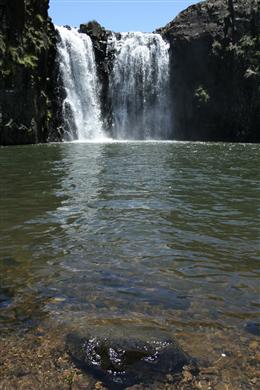Hydrology is the scientific study of water, seeking to explain the water balance equation in terms of time and space, and assessing the impact of physical and chemical processes and their role in ecosystems.
Life on Earth is sustained by water, which is available to plants, animals and other organisms in three states: solid, liquid and gas (water vapour). The continuous movement of water on and below the earth’s surface, and between the earth and the atmosphere is known as the water cycle or hydrologic cycle. Only a small fraction of the water in the hydrologic cycle is available fresh water. Freshwater is therefore a precious resource requiring careful management and protection.
Within the hydrologic cycle, rivers form the link between rainfall and snow melt over land, and waterbodies such as lakes, wetlands, and the sea. The timing, extent, and pathway of water movements are critical to biota, including people, that depend on specific sources of water. This chapter describes the processes and environmental features related to the movement of water across the landscape within a river basin.
River systems include the entire length of the main channel (from headwaters to the sea) and associated permanent or temporary wetlands (floodplains, lakes, pools, estuaries, and deltas). These components of the river system and the surrounding landscape it drains (its watershed), are interconnected and interdependent. Because of these linkages between upstream and downstream ecosystems, river basins provide a convenient and logical unit for considering and managing most environmental systems (Beekman et al. 2009).
Chapter Summary
This chapter covers the following concepts and material:

Sehlabathebe National Park, Lesotho.
Source:©iStockphoto/Ananiadis 2008
( click to enlarge )
